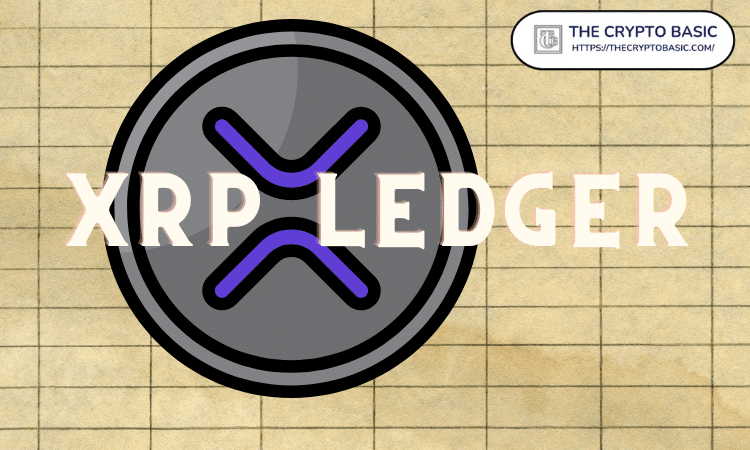Amid growing interest in the XRP Ledger (XRPL), Ripple CTO David Schwartz clarifies validators’ roles on the decentralized network.
Ripple’s Chief Technology Officer (CTO) David Schwartz has presented a clear overview of the role validators play on XRP Ledger. The XRP Ledger (XRPL) is a blockchain network that uses XRP as a native currency and supports the development of decentralized applications.
Launched in June 2012, XRPL operates a Federated Consensus model, which requires validators to agree on ordering transactions on the network.
However, similar to most blockchains, users can also run a node to send transactions and verify the state of the ledger. There are currently 118 validators on the network, with 681 nodes, according to XRPL.org.
David Schwartz’s latest expose breaks down the relationship between nodes and validators on XRPL. It mentioned, among other things, that an individual node does not need validators to “tell it what transactions are valid.”
Once again, what validators do for XRPL:
There is one, and only one, way to interact with XRPL, and that's through a node. If you interact with XRPL and don't run a node, someone else is running a node for you that you are interacting with and you are, at least to some extent,…
— David "JoelKatz" Schwartz (@JoelKatz) September 26, 2023
Relationship between nodes and validators on XRPL
According to the Ripple CTO, the only problem nodes cannot solve on XRPL is the double-spend dilemma which is handled by validators on the network. The double spend problem, which was originally solved by Bitcoin’s technology but advanced by more recent systems such as XRPL, provides a way to detect fraudulent transactions on the network.
Commenting on how someone can try to cheat the network, David Schwartz wrote, “Someone can submit two equally-good, but conflicting, transactions to the network, and you need some way to agree on which one of them to permit and which to reject.”
XRPL validators follow carefully outlined system rules to distinguish such transactions, and once done, honest nodes will stay in agreement. They can thus distinguish which address holds what assets and avoid getting confused by conflicting transactions.
Meanwhile, validators on XRPL play additional roles, including activating network features by upgrading to the latest XRPL software.
David Schwartz clarified that validators “cannot force nodes” to adopt features they do not want. This factor means that nodes on XRPL also contribute to the network’s decentralization since they reserve the right to choose whether or not they would accept some implementations approved by validators.
XRPL Sees Growing Interest
The work of nodes and validators under the hood helps power XRPL and enable developers to build user-facing applications. In recent times, XRPL has seen an influx of user interest, especially with the emergence of decentralized finance (DeFi) apps on the network.
This month alone, two new DEXes have launched on the XRPL testnet, seeking to allow users the option to exchange XRPL-based assets. These exchanges seek to tap into a new upgrade that will enable native automated market-making (AMM) on XRPL for the first time.
Disclaimer: This content is informational and should not be considered financial advice. The views expressed in this article may include the author's personal opinions and do not reflect The Crypto Basic’s opinion. Readers are encouraged to do thorough research before making any investment decisions. The Crypto Basic is not responsible for any financial losses.
-Advertisement-


